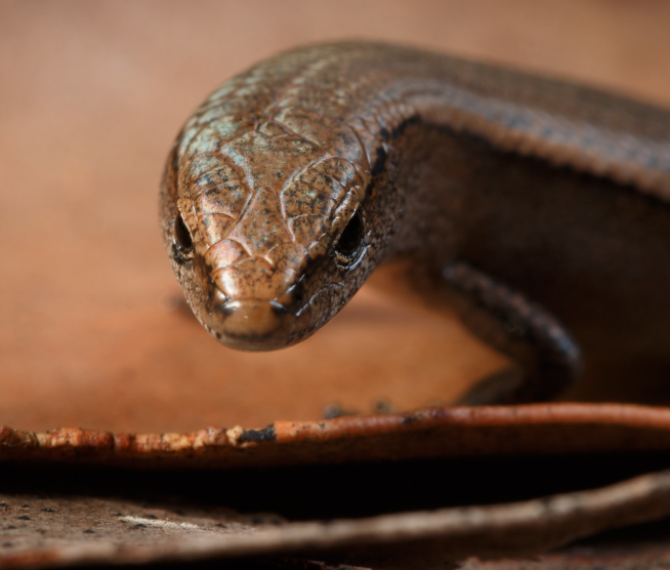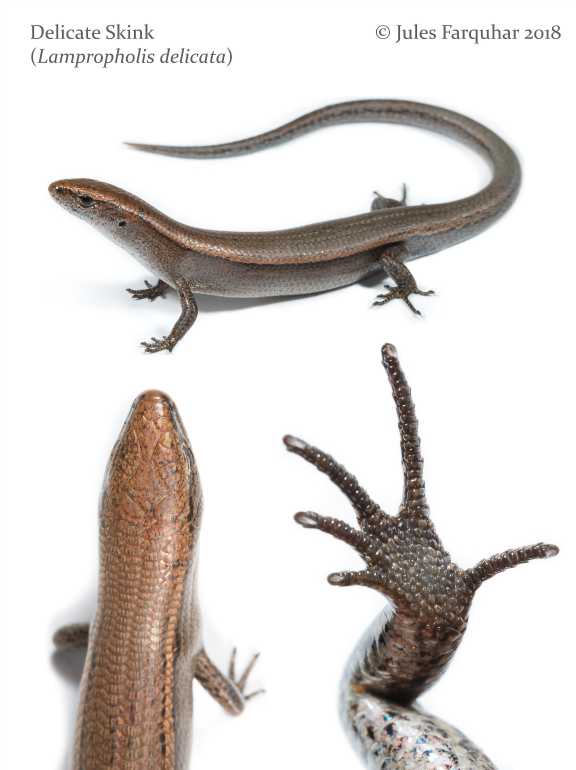New research sheds light on factors limiting lizard species distribution.


A recently published study conducted by researchers from Monash University and Biosis has revealed the key abiotic factors that determine the inland range limits of a mesic-adapted lizard species in eastern Australia. The research, published in the journal of Integrative and Comparative Biology, focuses on understanding the geographical range limits of the delicate skink (Lampropholis delicata).
Led by Jules Farquhar and Professor David Chapple of Monash University and Biosis Zoologist Wyn Russell, the team have investigated the geographical range limits of the delicate skink in the Hunter Valley region of NSW.
The study included detailed assessments of habitat factors across an elevation/aridity gradient, including logs, rocks, leaf litter and solar radiation. The temperature dataloggers (iButtons) used in this study to record microclimatic conditions were provided by Biosis and played a key role in measuring the thermal regimes available to lizards across the study region.
The study discovered that, at its inland range limit, the delicate skink is confined to mesic high-elevation forests with intricate microhabitat structures, which in turn provide favourable temperatures for lizards. Conversely, the species is largely absent in lowland/arid locations with shallower leaf litter, and where the ambient temperature often exceeds the species' thermal tolerance (which was measured in laboratory experiments).
Wyn Russell further highlighted the broader implications of the research: "By identifying the range-limiting factors for mesic ectotherms such as the delicate skink, we are one step closer to understanding how species’ distributions may shift into the future,” he said.
The results of this research will likely steer future studies addressing range-limiting hypotheses, fostering a deeper understanding of species distributions and conservation in eastern Australia’s fauna.
Biosis is passionate about supporting the professional development and research pursuits of our staff and look forward to sharing future research results.
To read the full publication visit:
https://doi.org/10.1093/icb/icad124
Images supplied by : Jules farquhar, Flicker






